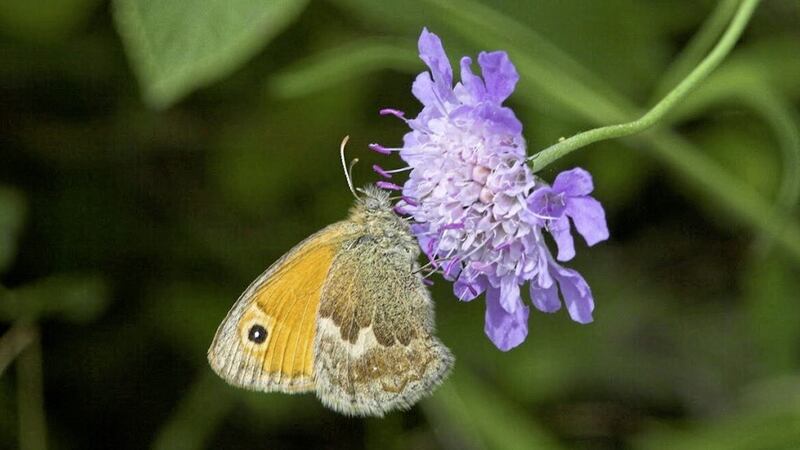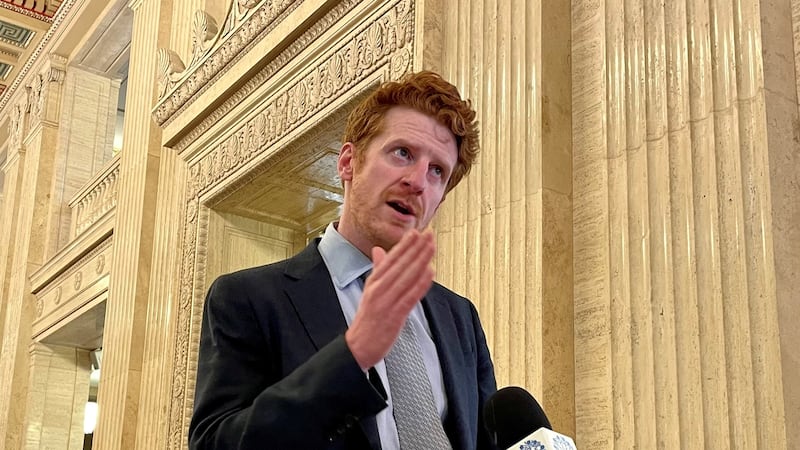A COMPREHENSIVE stock-take of butterflies around the UK has found a 17 per cent decrease in abundance in Northern Ireland.
The State of the UK’s Butterflies 2022 report, which was released on Thursday by wildlife charity Butterfly Conservation, has revealed the alarming news that 80 per cent of butterflies in the UK has declined since the 1970s.
According to the charity, such decreases are a huge cause for concern as butterflies are an integral part of the UK ecosystem and their precipitous decline is a clear warning signal of the wider biodiversity crisis.
Many, though not all, butterfly species in Northern Ireland were monitored as part of the report.
The monitored species showed a 17 per cent decrease in abundance and a 10 per cent decrease in distribution.
The report found that the Wall butterfly appears to be on the verge of extinction.
Having formerly been found across Northern Ireland, recently there have only been occasional sightings from the Co Down coast.
The Small Heath is also in trouble having lost 40 per cent of its distribution since 1995.
It was found that habitat loss has led to dramatic declines in those species that require flower-rich grassland, heathland, and woodland clearings to thrive.
These specialist species have, on average, decreased by more than a quarter in abundance and lost more than two-thirds of their distribution since 1976.
However, despite the gloomy picture painted by the long-term trends, the report points to numerous examples proving that targeted conservation action can turn around the fortunes of threatened butterflies at site, landscape, and national levels.
The Dark Green Fritillary, Silver-washed Fritillary and Holly Blue are continuing to expand across Northern Ireland, where suitable habitats exist.
Dr Richard Fox, Head of Science for Butterfly Conservation, and lead author of the report, said the report "reveals the huge scale of the challenge to halt and reverse the decline in butterfly populations in the years ahead.
"What is needed now is a step-change in government support to bring butterflies and other wildlife back to the UK’s nature reserves, farmland, forests and built-up areas," he said.
"Butterfly Conservation continues to work in partnership with other organisations, communities and landowners, on many projects that are halting declines and turning butterfly numbers around.
"However, the scale of the decline in the UK’s butterflies has reached a point where much more resource is urgently required."


